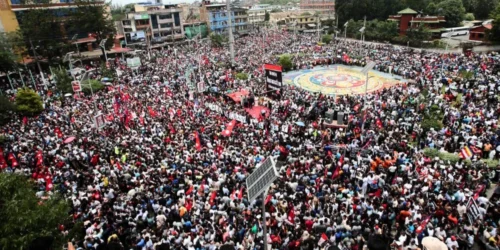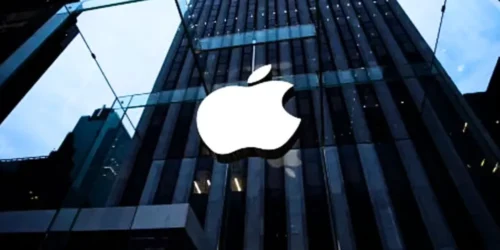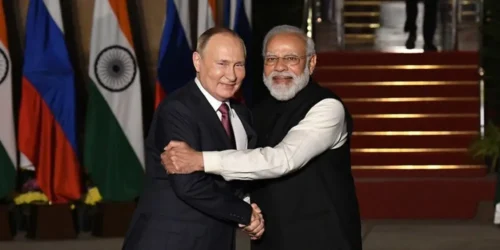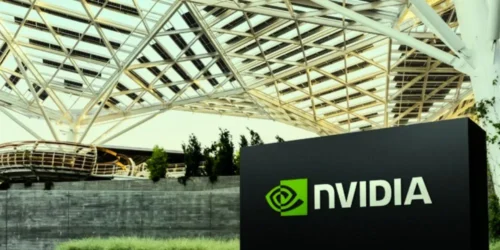The image of the farmer is a powerful, romantic notion. We picture weathered hands on a wooden fence, gazing over fields tilled by generations of the same family. It’s a comforting picture, but one that’s dangerously out of step with reality.
Today, that same farmer is more likely to be checking a tablet than the sky for rain, grappling with the monumental pressure of feeding a world of eight billion people on a planet with shrinking resources and an unforgiving climate.
This is where modern technology enters the field, not as a cold intruder but as a vital partner. This isn’t about soulless automation replacing human wisdom; it’s about amplifying it. Drones now buzz over cornfields like metallic dragonflies, using multispectral sensors to spot disease or dehydration in plants long before the human eye could.
GPS technology steers massive tractors with sub-centimeter precision, reducing fuel waste and soil compaction. Sensors buried in the earth whisper secrets about moisture levels and nutrient content directly to a farmer’s phone, allowing for the precise application of water and fertilizer, drop by drop.
Some may lament this shift, seeing it as the industrialization of a noble craft. They fear we are losing the connection to the land. But what is the alternative? To continue with practices that strain our water supplies and degrade our soil, all while struggling to meet global demand?
The true connection to the land is a commitment to its long-term health and productivity. Modern agriculture technology is a powerful tool for stewardship, enabling farmers to produce more with less impact.
The future of farming is a fusion of the old and the new. It will always require the farmer’s deep, intuitive understanding of their land, their crops, and the seasons. But it now also requires an embrace of the data and efficiency that technology provides. We are not losing the soul of farming; we are giving it the tools it needs to survive and thrive in the 21st century.













